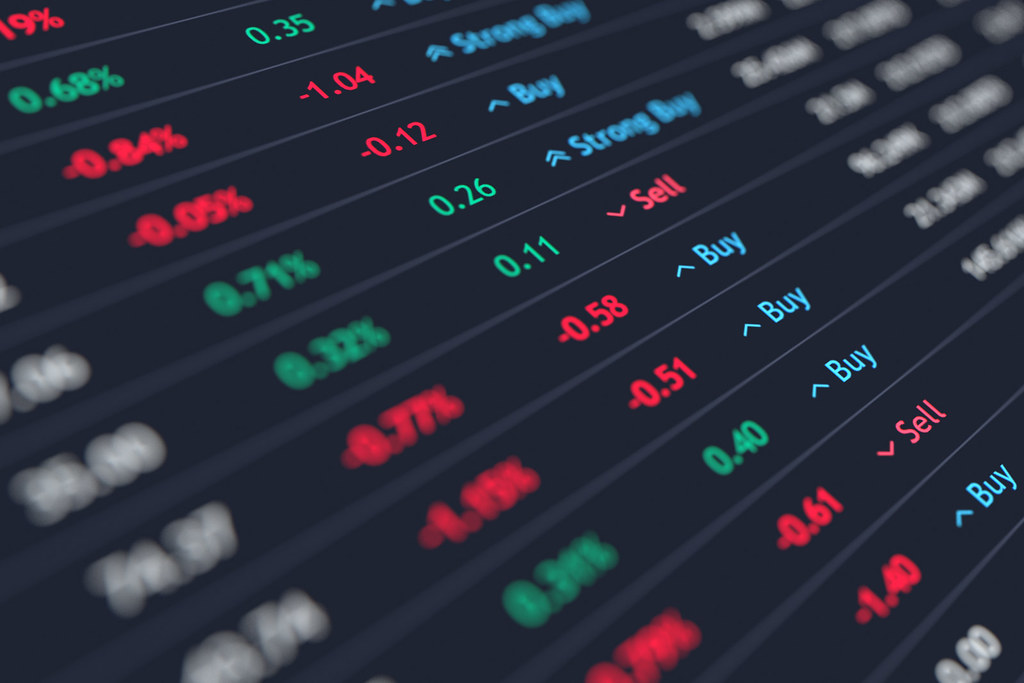'Boneheads' no more? Fed's rate cuts appear to defuse Trump's Twitter rage

- Country:
- United States
After three interest rate cuts and a fresh round of record highs for U.S. stock markets, has President Donald Trump lost interest in the Federal Reserve?
A count of tweets from Trump about U.S. monetary policy suggests a detente may have taken hold between an elected leader who has lambasted Fed officials with insults like "clueless" and "boneheads" and a central bank whose rate cuts have helped buffer the economy from the administration's own unpredictable trade and tariff policies. On Wednesday, the Fed left interest rates unchanged at the end of a two-day policy meeting and signaled it was likely to keep them at the current level until at least 2021 - after the Nov. 3 presidential election in which Trump hopes to win a second term.
Though the Republican president has suggested rates need to continue falling, so far there has been no reaction from @realDonaldTrump to the latest Fed decision, and indeed the pace and tenor of his Twitter war with the central bank has eased since the Fed made what appears to be its final rate cut for now, in October. That contrasts with what happened in the summer and early fall, when the Fed was still debating whether to cut rates at all and at what pace.
According to tweets compiled by Trumptwitterarchive.com, a privately maintained site that is a commonly used reference for the president's twitter history, Trump used the social media platform to blast the Fed 25 times in August alone, the month when his pressure on the central bank appears to have peaked. The Fed cut rates at its policy meetings in July, September and October. Trump tweeted about monetary policy at least 50 times during those months.
He tweeted about the Fed only twice in November and has done so three times this month. The latest were related to complaints about metal imports from Brazil and Argentina and his long-running grousing about the strength of the U.S. dollar. "The Fed should lower rates (there is almost no inflation) and loosen making us competitive with other nations and manufacturing will SOAR! Dollar is very strong relative to others," he tweeted on Dec. 2.
Trump's language has also been more tempered of late, including a reference to his "very good & cordial meeting" with Fed Chair Jerome Powell on Nov. 18, a session that came after the central bank had begun signaling it was unlikely to lower rates any further. ELECTION YEAR
What changed? After a rocky summer, and as the Fed pivoted towards easier monetary policy, stock markets rebounded to new highs, and what Trump referred to as the "crazy inverted yield curve" reverted to normal as bond markets gained confidence that the Fed's monetary policy easing would avert a serious economic slowdown.
"He is more likely to lash out when stock prices are going down," said Vincent Reinhart, a former senior Fed staffer who is now chief economist at Mellon. Even if Trump's sometimes erratic trade decisions have been a chief source of economic risk this year, Reinhart said Powell and his colleagues had to react. "If goals align, then maybe they reach a meeting of minds because of shared interest," in keeping the economic expansion underway, he said.
The test may come later next year, as Trump seeks re-election. The policy statement and projections released this week by the Fed were notable for the strong consensus reflected about the path of interest rates: 13 of 17 officials think rates will be the same at the end of 2020 as they are now, in a range of between 1.5% and 1.75%. But the Fed's year-ahead projections more often than not miss the mark, noted Steven Blitz, chief U.S economist at TS Lombard.
"When the Fed is this certain about the policy they are usually wrong," Blitz wrote in a note after the Fed meeting this week. "The question ... for 2020 is not whether there will be a policy move, but in which direction." Investors expect one more rate reduction next year, though likely at one of the two Fed policy meetings that would take place after the U.S. presidential election.
But if, for example, wages and prices unexpectedly accelerate in an economy with historically low unemployment, the Fed may face a new Trump backlash on Twitter if it considers hiking rates during the election year. The Fed has never been shy about raising or lowering rates during a campaign. And in other instances where it cut rates as a way to buy "insurance" and extend an ongoing expansion, it eventually reversed course as the expansion continued.
"The market is betting on a rate cut," Blitz wrote. "Modest growth next year and firm labor markets look more likely to flip market thinking to a tightening by the time late 2020 comes round."
(This story has not been edited by Devdiscourse staff and is auto-generated from a syndicated feed.)
- READ MORE ON:
- Federal Reserve
- Jerome Powell
- Republican
- Brazil
- Argentina










